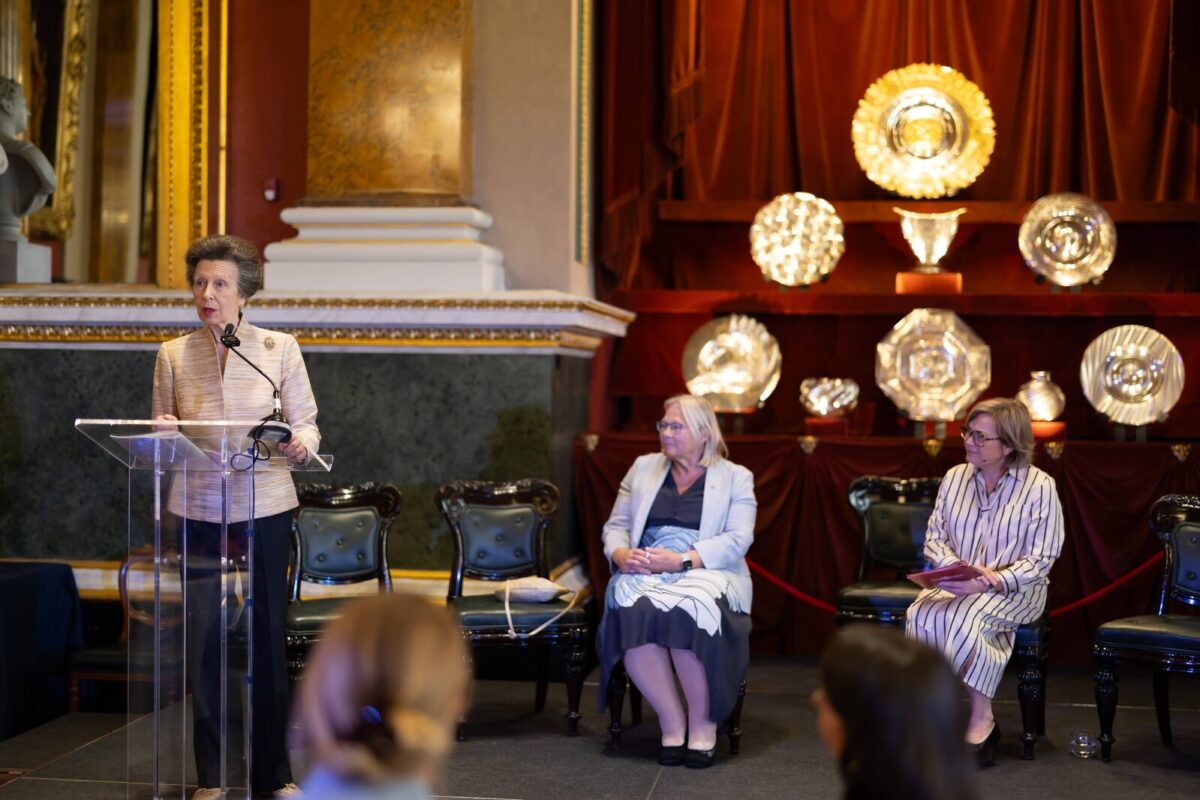How UK workers have adapted to lockdown: work different hours, become tech-first and have fewer meetings

Research by @asana – 59% of UK employees working different hours than they used to, 85% balance homeschooling and full-time work and two thirds (62%) rely on workplace tech to stay connected
Asana – a leading work management platform for teams, today released findings from their Anatomy of Work: Remote Teams global study, delivering insights into how British, American, Japanese, Australian and German employees have adapted to new remote work protocols. The UK findings are based on 1,016 respondents working full-time and, due to the pandemic, remotely.
According to the data, one month into the lockdown, the UK working day has completely transformed with many workers embracing homeschooling, new working hours, fewer meetings and more breaks.
Only 41% of UK employees are working the same hours since remote working – as the traditional 9 to 5 becomes a thing of the past. Additionally, over half (57%) say they’re taking more breaks and 36% are having fewer meetings. 30% say they are starting their working day earlier, 27% are working later in the evening and 24% are working while juggling other priorities such as childcare.
In fact, 85% of UK employees with school-age children are balancing homeschooling with work – the highest across all surveyed countries. 16% of these parents are starting work later, 32% are starting work earlier, 41% are blocking out time over lunch to be with their family and 25% finishing work earlier and then working into the evening. Nearly four in five (79%) say this situation is significantly impacting their work and 77% admit to finding it hard to switch off in the evenings.
The research also unveiled that when the remote work instruction came in, the majority of British workers weren’t set up to do so. 67% did not have at least one of the following: a desk to work from, PC/laptop or a reliable internet connection. While 31% say they are working from a desk, the majority (35%) are working predominantly from a dining/kitchen table; 20% from their sofa and 5% work from their bed!
A key way many employees and businesses have facilitated better connections with teams and an easier, more transparent way of working is through the adoption of work technologies. Since working from home nearly two-thirds (62%) of full-time workers have increased their use of collaboration tools – such as Slack, Zoom and Asana- and one in five (19%) are using these tools for the first time.
“Organizations around the world are adapting to new ways of working together while being physically apart. Many teams are navigating the unique challenges related to the rapid move to remote work protocols, in some cases for the first time,” said Dustin Moskovitz, CEO of Asana. “Teams need confidence and clarity in their work, and platforms that foster collaboration are essential ways teams are staying aligned, organized and connected so they can continue working towards their most important goals. It goes without saying that this shared experience will serve as a catalyst to bring teams closer together.”
The study also revealed the biggest distractions and challenges from enforced remote working are self-discipline (45%), stress about the current health and/or economic situation (36%) and “feeling like I can’t switch off” (23%). And in typical British fashion, how to deal with this? More than a third (34%) say they’re taking more tea breaks.










Responses